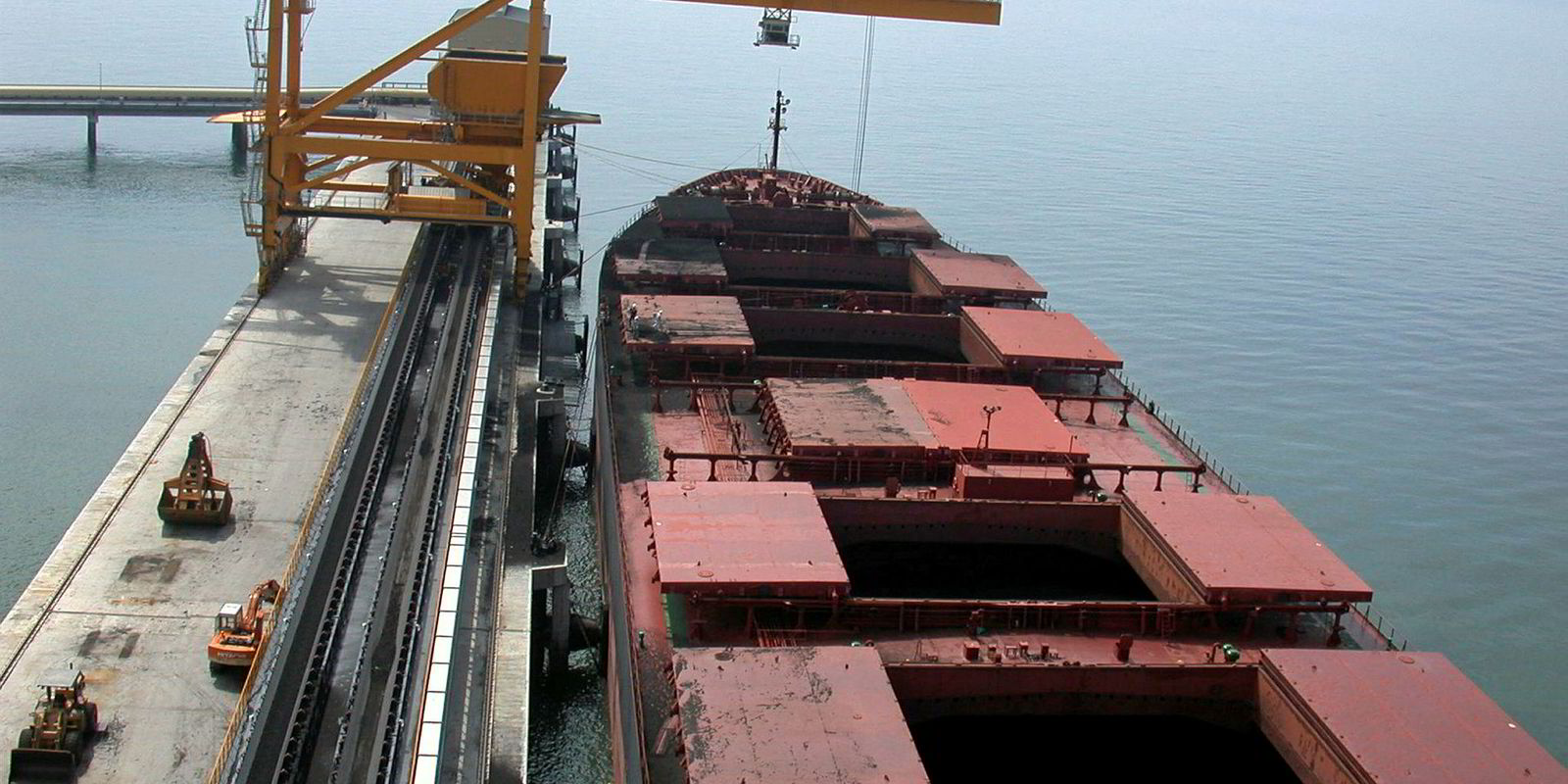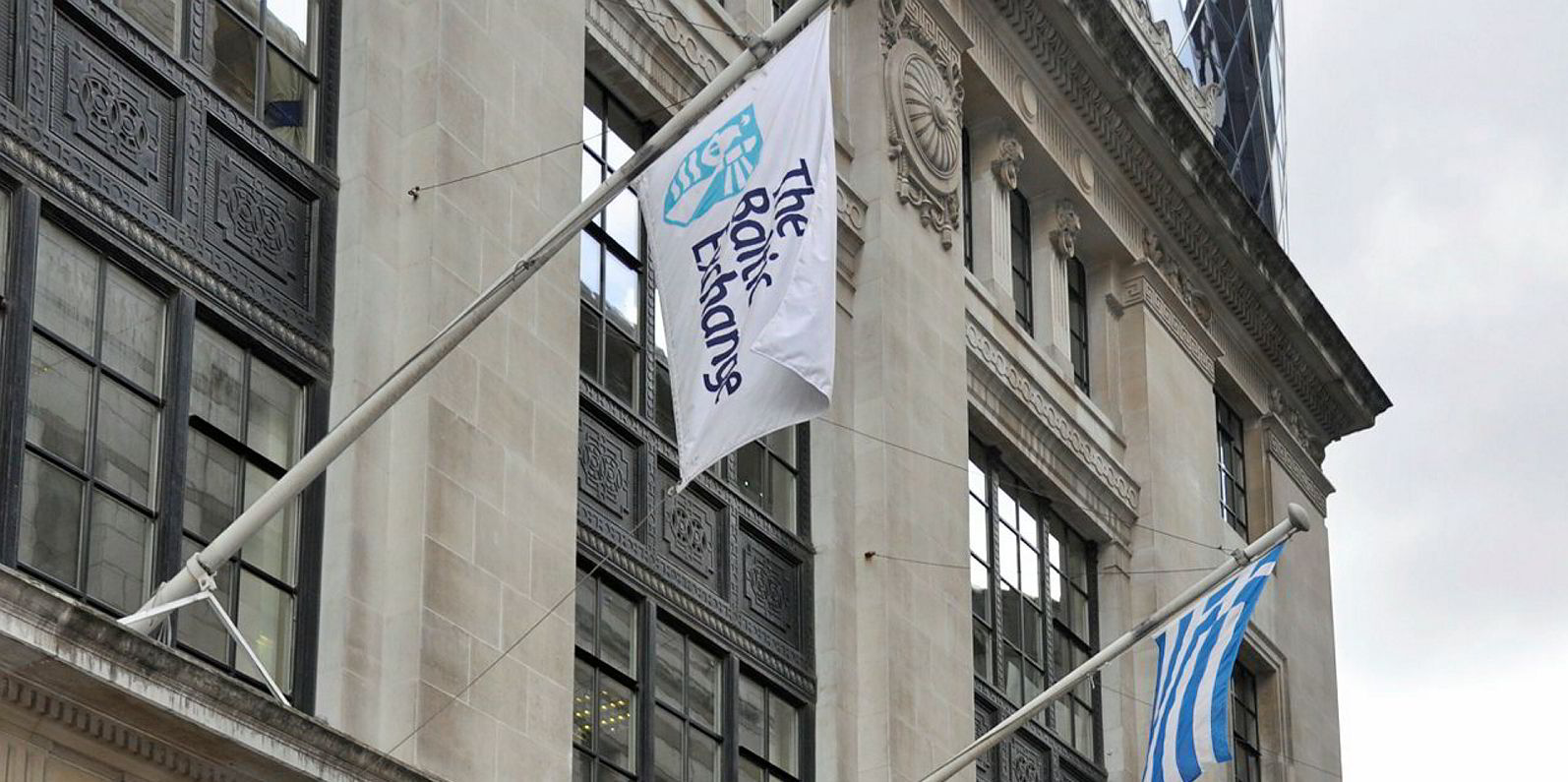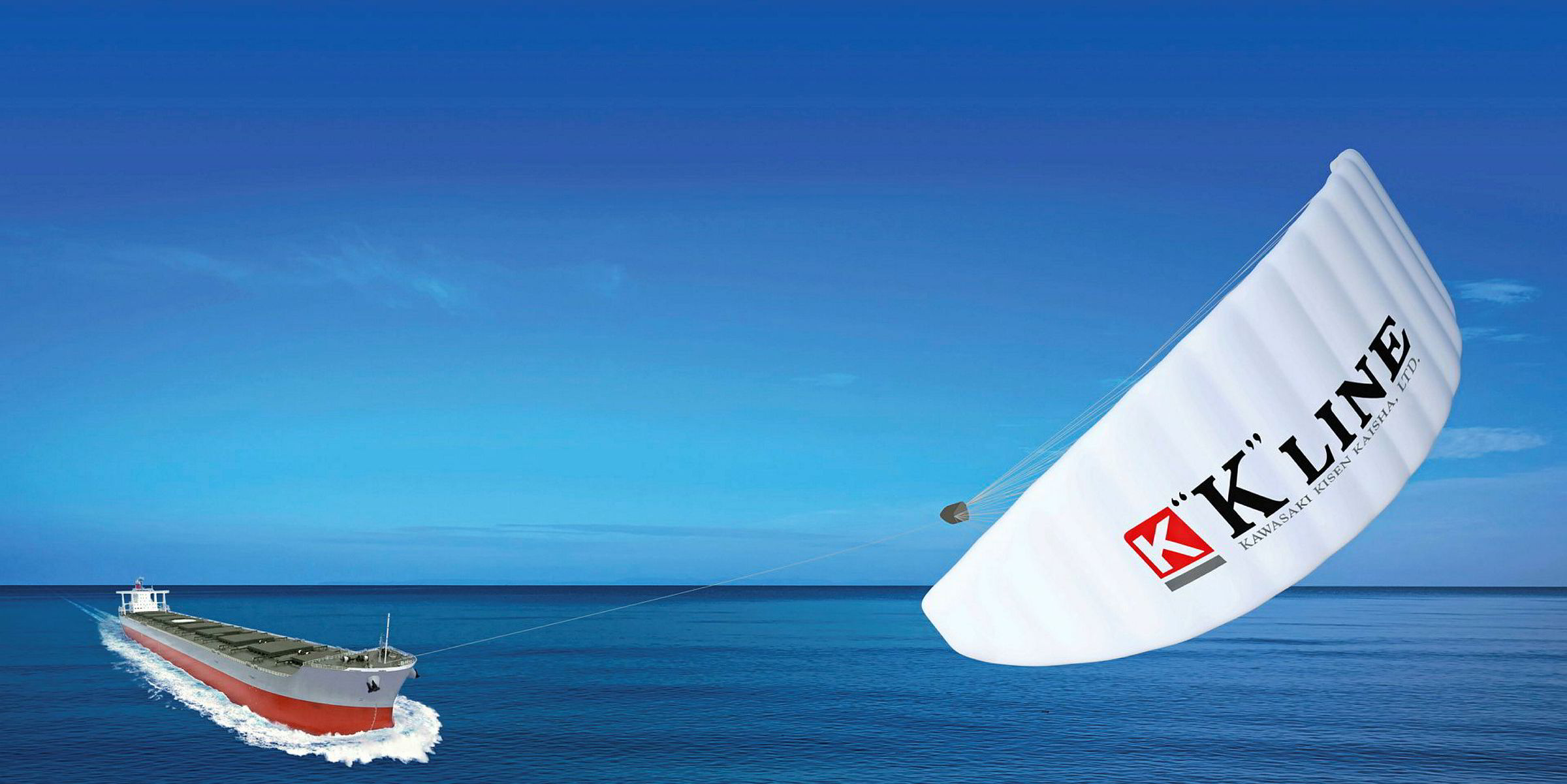Dry bulk shipowners may be eyeing this year's second half with optimism as the market improves but the sector still has a risky road ahead, according to industry observers.
Dry bulk shipping is indeed in a better place since January's Vale dam disaster yet further gains may come slowly amid factors such as China's heightened domestic coal output, they say.
The bulker market's second half should certainly pick up from recent lows off more iron-ore trade but owners may want to keep the champagne on ice, according to Clarksons.
"Following a challenging first five months of the year, 2019 is on track to be a challenging year for the bulkcarrier sector overall," the London-based broker said in its mid-year report.
Capesize spot rates have risen steadily to $26,444 per day as of 5 July from a major drop to $3,460 per day by 2 April in the wake of the 25 January rupture of Vale's Fiajeo dam.
That incident forced the Brazilian iron-ore giant to close 50 tailing dams and numerous mines that once brought 93 million metric tonnes of the commodity to the global market.
Vale two weeks ago was given court approval to reopen its Brucutu mine, returning 30 million tonnes a year back into the market.
"The cape market has already rebounded strongly and the Baltic Cape Index (BCI) is close to 2018 levels, and well above 2016 and 2017 levels," Noble Capital Markets analyst Poe Fratt told TradeWinds.
Scrubber drydocking: the good and the bad
Drydocking for scrubber installations and a low orderbook during the last six months of 2019 stand to further benefit rates, Fratt said.
"I think that the ship owners are optimistic about a second-half recovery," Fratt said.
US-China trade tensions rates have kept supramax rates below last year's levels but they should rebound if both countries keep to their tariff truce.
"But if the trade tensions linger or there is a global economic slowdown, the positive supply side of the equation might not be enough to offset it," he added.
Drybulk shipowners should indulge in their diehard optimism, given cape rates were expected to level off at $10,000 per day for the rest of 2019, BTIG analyst Gregory Lewis said.
"Now spot cape rates are $19,000 per day, which is good and probably better than anyone expected a month ago," he told TradeWinds.
"It's hard to argue that they are wrong at least for now," he said.
"So are they more optimistic today than they were in February and March? Yes and they should be."
The cape upswing may lead to "a rally that may have legs", Arctic Securities analyst Lars Ostereng said in a 5 July note, but bulker owner Seanergy gives a mixed outlook.
Capesize rates have certainly soared recently and FFA rates are set to rise through 2020's first quarter on strong demand for iron ore, coal and bauxite, chief executive Tsantanis Stamatis said.
Furthermore, scrubber retrofits may also boost rates but their resultant vessel downtime may also tighten supply to the point that meeting demand becomes very challenging, he said.
"The supply squeeze is expected to get worse as the number of ships off hire will continue to accelerate," he told TradeWinds.
"Moving into 2020 where the new more expensive fuels will be used, the slow steaming effect is expected to reduce the available tonnage by at least 10%."
'Remain nimble'
Despite favourable momentum into year-end, the dry bulk sector is "far from riskless", so investors should proceed with caution, said ISI analyst Jon Chappell.
"In an industry and equity backdrop that is as volatile and unpredictable as we have experienced through the first two quarters of this year, it is imperative that we remain nimble in how we view the trading and investing opportunities," he wrote in a note to clients.
Jefferies analyst Randy Giveans agreed, despite market tailwinds such as Vale resuming full iron-ore production and US and China possibly reaching a trade deal.
"[S]ignificant wildcards remain including Chinese economic growth and regulations, Chinese steel production and steel mill margins, the timing and magnitude of the ramp up of Vale's northern iron ore mines, and the timing of a trade deal between the US and China," he wrote in a client's note.






